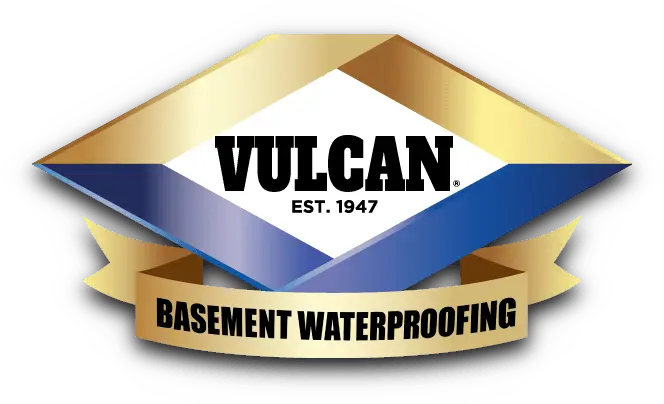His wet basement underwent a transformation. There’s a new water system installed. All wall leaks and cracks were gone.
Contractors installed new stone flooring that removed stubborn stains, molds and mildew.

Nothing changed around the basement surrounding though. To get things done, Jack Adams decided to pay for external waterproofing services.
External waterproofing diverts water and thaw away from your house. It refers to three primary strategies.
First is drainage. A proper drainage system creates an easier path for water to follow when it rains hard. An exterior drainage systems are referred to as footer drains or tile drains.
These systems are consisted of a channel dug around the perimeter of the foundation walls just below the wall footer.
This channel is filled with gravel. In the middle part lies a pipe. The pipe contains perforations that allow water to enter. The water enters the pipe through the perforations then leads to a remote location.
Second, there are barriers. These barrier systems make sure layers of waterproof coatings protect the surface of foundation walls.
Commercially available products provide versatility and warranted to last 10 years or more. These products are thin in size but it’s enough to be applied with sprayers that reduce the labor.
Third, there are diversion systems. These systems refer to gutters and downsprouts, which channel rain water away from the foundation. It’s highly recommended to keep the gutters clean. Gutters without leaves and bird poop guarantee a smooth stream of rainwater or thaw.
Downsprouts play an important role in external waterproofing. It moves collected rainwater away from the foundation. Broken downsprouts are useless. It needs replacement immediately.
Professional waterproofers believe both barrier and drainage systems are similar. Both require substantial excavation around the foundation structure. They consider it a disruptive, risky and expensive procedure. If done excessively, it causes your foundation walls to shift.
Scope of External Waterproofing
The installation of an external waterproofing system takes a lot of time. It’s considered an expensive process because it uses quality materials such as waterproof membrane and other heavy items mentioned above (Integrity, 2017).
The membrane treatment needs a plastic sheet material and a thin layer of clay that forms a water barrier. Oftentimes, the waterproofing coating needs a thick and tar-like application for a stronger and longer hold.
External waterproofing is best done during a house construction. Problems occur in existing houses.
Disadvantages of External Waterproofing
Expensive. Skillful excavation and backfilling the foundation require the use of heavy duty equipment. It’s a major construction that needs more contractors.
Disruptive. While it’s the best method of waterproofing, it often involves removing of trees, shrubs and garden beds next to the foundation. Patios, walkways and decks may also be removed too.
Limited. A proper external waterproofing system still needs a thorough internal waterproofing system to ensure basement flooding doesn’t occur again.
Clogged Drains. Plant roots grow and extend. It causes the exterior drains to clog and break. When that happens, it eventually results to basement leaking.
Which is better? Which is more expensive? Which is a more priority?
External waterproofing is expensive than internal waterproofing. Yet, one is never superior than the other.
The external waterproofing system creates a smooth pathway for the rainwater and thaw but it’s the internal waterproofing system that protects the basement from flooding, leaks and molds.
One system might break down easily without the other. Internal waterproofing needs external waterproofing to ensure the entire house, not only the basement, stays dry.
Maintenance-wise, a clean outdoor drainage is never enough if the sump pump system is malfunctioned. A new perimerter drain, on the other hand, is useless if the gutters are full of pet poop and dead leaves.
Both waterproofing systems are a must. Each have their advantages. Each have their limitations. One is expensive than the other but a house needs both systems to guarantee a healthy environment whatever the season is.
* * *
Jack Adams made the best investment of his life. By waterproofing his basement and its surrounding areas, he felt confident his house will remain warm and healthy in the coming hurricane and winter seasons.
Vulcan Waterproofing is the oldest and the most reliable basement waterproofing company in the East Coast. The company provides quality basement waterproofing services in New York (in Staten Island especially), Connecticut, New Jersey and Pennsylvania.
